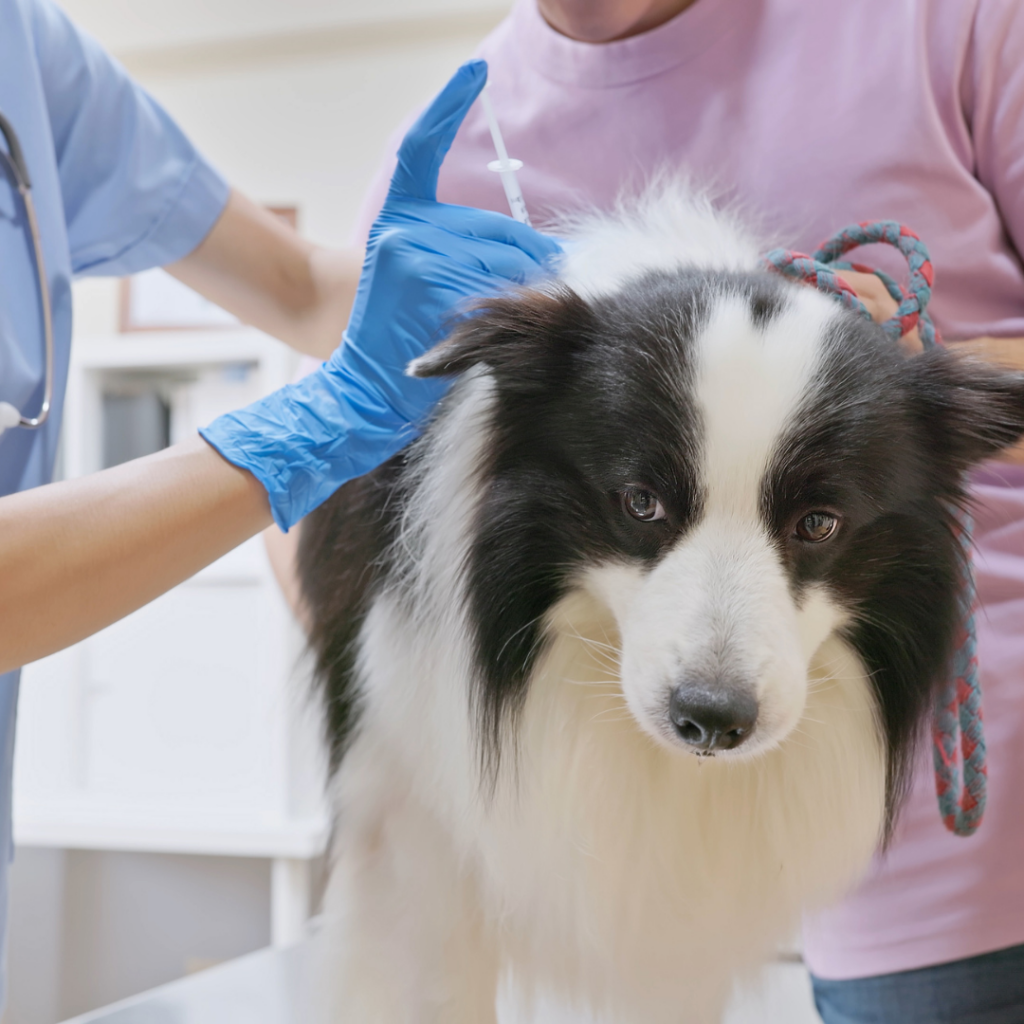Using Sedation for Your Pet’s Medical Exam: What to Know

In our previous blog, we discussed ways to minimize your pet’s stress level at the vet — rest assured, we understand that a doctor’s appointment isn’t always a fun experience for your canine or feline companion, and want to make it as easy as possible! But despite our best efforts, some pets still show signs of excessive stress or fear during their exams. In these cases, our doctors will often recommend oral or injectable sedation to make the experience smoother for all involved. So, what does “sedation” mean exactly, and are there any downsides?
Sedation: A Safe and Routine Practice
When discussing the option of a sedated exam with our clients, by far the most common question we get is, “Is it safe?” Sedating anxious pets is generally very safe, and in many cases, necessary for the doctor to complete a thorough exam. Our doctors will consider your pet’s breed, size, health, and age to determine if and what type of medication is appropriate.
We can’t emphasize enough just how common a procedure sedation is at all vet hospitals. Many of our employees’ pets actually require sedation for vet visits — our office dog, Rocky, loves to hang out up front, nap in his chair, and greet clients, but when it’s time for an exam, he’s too scared to recognize his best friends in the treatment area!
And remember, sedating your pet doesn’t reflect negatively on you as a pet owner. Even when owners and staff take great pains, some pets just go into fight or flight mode at the vet, and that’s ok! At All Creatures, we strive to make patients and clients alike comfortable — and sometimes a sedated exam is the best way to achieve this. When your pet’s alertness is dulled, they’ll barely notice a thing at their visit, allowing it to go off without a hitch.
Oral vs. Injectable Medications
Methods of sedation are individually tailored by our doctors on a case-by-case basis, after a full evaluation of each pet’s medical and behavioral history. Based on their review, the doctor will recommend oral medication, injectable sedation, or both.
Injectable sedation is not the same as “being put under,” which generally refers to the inhalation anesthesia with IV and gas used for surgery or dental procedures. Surgical anesthesia is just that — reserved for procedures that take longer or may be more painful than a physical exam or blood draw. Sedated medical exams, even those including x-rays or minor procedures like nail trims, often take 30-45 minutes. The injectable medications used for these appointments are very safe: the mortality rate is on average less than one tenth of one percent, even when factoring in pre-existing health conditions.
And keep in mind, just because your pet needs injectable sedation once doesn’t mean they’ll need it every time. We often send pets home with oral medications to be given prior to their future vet visits, which, if successful, is a preferred option. The two medications we most commonly prescribe are gabapentin and trazodone. (Some of you reading this likely have one or both in your pet’s medicine cabinet!)
Gabapentin has a very wide margin of safety and is also regularly used for pain relief. It works by affecting the GABA receptors in the brain. (To quote the Cleveland Clinic, “GABA is known for producing a calming effect. It’s thought to play a major role in controlling nerve cell hyperactivity associated with anxiety, stress and fear.”) The main side effect is sleepiness — but, that’s good! We want your pet to feel sleepy and relaxed, rather than stressed out and fearful. Gabapentin is used in pets of all ages, from kittens who freak out on car rides to older dogs with arthritis. The second most commonly used oral sedative to help with vet visits is trazodone. Trazodone is categorized as a situational anxiety medication, meaning that it’s most often given before stressful events, as opposed to daily.
After the Appointment
When clients get home after their pet’s sedated exam, they’ll often wonder, “Why is my pet drowsy? Is this normal, or should I be worried?” The short answers are: Yes, it IS normal, and no, you do not need to worry. Drowsiness is the best indicator that the sedating meds have worked, and that’s precisely what allowed a successful and simple vet visit! Any sedating medications we prescribe/administer are temporary as well — if your pet comes in for an early morning visit, chances are they’ll be back to full energy by the afternoon, evening, or the next morning at the latest.
If your pet requires oral meds for appointments, it’s always best to make sure you have the medicine prior. (In most cases, these medications should be given 90-120 minutes before your pet’s visit for maximum effect.) Please reach out to us if you are running low and need refills, we’re always happy to assist! Our staff is dedicated to making sure that your pet is as relaxed and comfortable as possible, and planning ahead can make all the difference for your furry friend’s vet experience.

